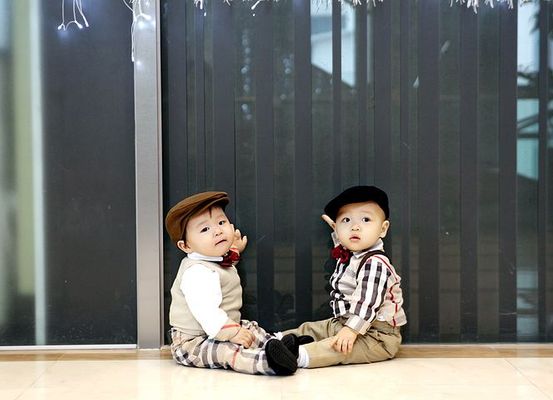1.1.1
A Child's First Year & Consonant Acquisition
Phonology - A Child's First Year
Phonology - A Child's First Year
Even before a child is born, they can start to ‘hear’ sounds.


17-week-old-foetus
17-week-old-foetus
- From around 17 weeks, a foetus can hear sounds in utero. This is often shown when a child reacts more when they hear a certain voice or when they hear a certain piece of music.
- This is often shown again after birth.


Mehler
Mehler
- In 1988, Mehler found that French babies had a stronger reaction to French sounds at four days old than they did to English, Spanish or Italian.
- This proved that babies become accustomed to their native language before birth.
Phonology - Pre-Lingual Stage
Phonology - Pre-Lingual Stage
Before a child can pronounce words, they go through what is known as the ‘pre-lingual’ stage. This is formed of six key stages.


Word of warning
Word of warning
- As a word of warning, all theories/concepts mentioned in this module are rough guides and all children are subject to individual variation.


Stage 1: Biological noises – 0-2 months
Stage 1: Biological noises – 0-2 months
- This involves a lot of crying (which usually takes the form of the long a sound (/a:/)).
- The child begins to gain control of their air stream.
- This is universal – parents of all nationalities can recognise the different types of crying. As a result, this isn’t really a ‘language’.


Stage 2: Cooing and laughing – 2-5 months
Stage 2: Cooing and laughing – 2-5 months
- We begin to see a control of vocal chords, but the sounds are meaningless, like ‘coo’,’ hoo’ and ‘ga’.
- Tongue control is evident when coos get strung together.


Stage 3: Vocal play – 5-8 months
Stage 3: Vocal play – 5-8 months
- The child begins to experiment with different vowel and consonant sounds.
- The child begins to play with pitch.
- There is no meaning behind these noises – they are playing.
- Parents may respond very positively to certain sounds and as a result, the child may produce these again and again.


Stage 4: Babbling – 6-12 months
Stage 4: Babbling – 6-12 months
- After starting, babbling happens for a long time, permeating even into the holophrastic stage.
- Consonants begin to get linked to vowels. There is still no meaning to these sounds.
- Parents will react if ‘da’ or ‘ma’ is formed (coincidently).
- There are two types of babbling – reduplicated and variegated.
- Reduplicated babbling happens when the sound is repeated. For example, ‘mamama’.
- Variegated babbling happens when the sound is differed, like ‘dabama’.


Stage 4: Babbling (cont.)
Stage 4: Babbling (cont.)
- To start with, a child will try as many new sounds as they can – this is called phonemic expansion.
- At roughly 9/10 months, the child narrows their range to those found in their native language. This is called phonemic contraction.
- At this point, a parent can recognise a child of the same nationality.


Stage 4: Babbling (cont.)
Stage 4: Babbling (cont.)
- A child gains more control over their body and face at this point, and so paralinguistic features develop (gesturing and facial expressions).
- A child also develops intonation as of real speech. This includes rising intonation at the end of the interrogative mood.


Stage 5: Melodic utterances – 9-18 months
Stage 5: Melodic utterances – 9-18 months
- A child lets out utterances containing rhythm.
- Tone is developed.


Stage 6: protowords – around a year
Stage 6: protowords – around a year
- A child starts to use protowords. These are utterances which resemble words and are word-like ‘dap’ for a phone. These protowords would not make sense outside of the context of primary caregivers.
1Children's Language Development
1.1Stages of Development
1.2Theories of Language Development
Jump to other topics
1Children's Language Development
1.1Stages of Development
1.2Theories of Language Development
Unlock your full potential with Seneca Premium
Unlimited access to 10,000+ open-ended exam questions
Mini-mock exams based on your study history
Unlock 800+ premium courses & e-books